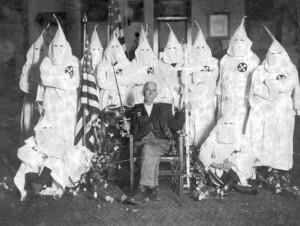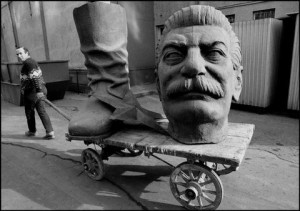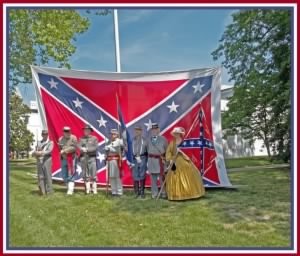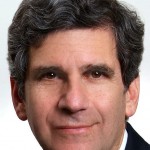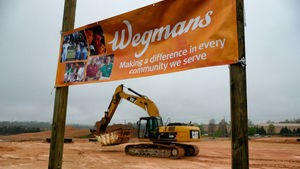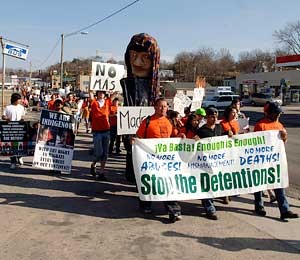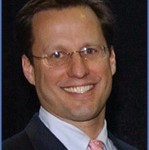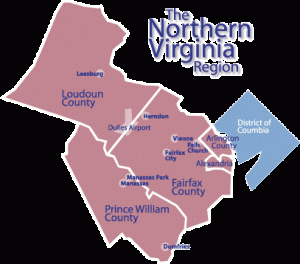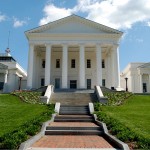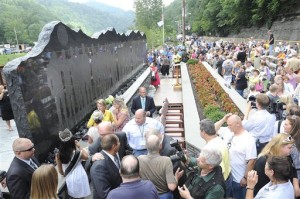by James A. Bacon
There are an estimated 260,000 to 290,000 illegal aliens (“undocumented workers” to those inclined to politically correct thinking) in Virginia. Each year, they pay between $200 million and $300 million in state and local taxes, according to a new report by the Commonwealth Institute. That constitutes between 6.6% to 7% of their household income.
Illegals pay many taxes because they are impossible to avoid, observe authors Aaron Williams and Michael Cassidy. If someone buys grapefruits or gasoline, sales tax is collected regardless of his or her immigration status. Illegals, they say, pay between $106 million and $135 million from this source each year.
Similarly, property taxes cannot be ducked. If an illegal purchases a house, he pays a real estate tax the same as everyone else. If he rents instead, his landlord still pays the tax. While some illegals work off the books, the Commonwealth Institute estimates that between 67% and 75% work for employers who withhold state income taxes from their paychecks. (These pay federal taxes as well, despite being ineligible for Social Security and Medicare benefits.)
Conclude Williams and Cassidy:
The bottom line is that undocumented immigrants make significant contributions to the Virginia economy and tax rolls despite being ineligible for many of the services and benefits they contribute to. In order to develop policies that promote the prosperity of all Virginians, it is essential that debate about immigration broaden to include these important contributions.
Bacon’s bottom line: The Commonwealth Institute provides an important reminder that undocumented workers may be here illegally but they do pay taxes, undercutting the notion that they constitute a fiscal drain on state and local government. In a similar vein, other studies have shown that illegal immigrants are less likely to commit crimes than native-born Americans. There are legitimate reasons for opposing illegal immigration, and there are illegitimate reasons. The notion that illegals don’t pay taxes is not a legitimate reason.
We should not demonize people who are just trying to better their lives. I would not go as far as Jeb Bush as to say that illegal immigrants are performing “an act of love” by slipping illegally into the country, but I find it hard to fault someone for looking for an opportunity to work.
However, the fact that the motives of illegals are sympathetic does not make it OK for them to be here. The biggest problem, to my mind, is that they compete for jobs with native-born Americans, especially lower-income Americans. If I were a meat packer or construction worker who found his wages depressed by a glut of immigrants who think $8.00 an hour is pretty good money, I would be fully justified in getting up in arms.
The idea that there are “some jobs that Americans just won’t do” is a lot of hooey. There may be some jobs that Americans won’t do at $8 an hour, but Americans will do them for $10 or $12 an hour. Unless someone repealed the law of supply and demand while I wasn’t looking, illegal immigrants put downward pressure on wage levels in lower-income jobs. If you’re looking for inexpensive landscaping or domestic help, that’s a good thing. If you are the landscaper or domestic help, it’s a bad thing.
Where I depart from the Commonwealth Institute analysis is the proposition that we should develop policies to promote the prosperity of “all Americans” — illegals included. No, regardless of how much they pay in taxes, illegals are not our responsibility. Our prime responsibility is to hundreds of thousands of low-income, native-born Americans. Our responsibility is to find ways to raise the wages of Virginians at the bottom of the income ladder without resorting to gimmicks like minimum wage that distort the labor market.
Yes, we should help illegal immigrants but we should do it by encouraging their countries of origin to adopt economic policies that support job creation and wage growth. Mexico has done so well in this regard that there is a net flow of immigrants from the U.S. back to Mexico today. Central American countries are much bigger net contributor of illegals these days. Not surprisingly, Honduras, Guatemala and El Salvador are dysfunctional societies. The preferable solution is to help those countries achieve political and economic stability, not accommodate ourselves to a continued outflow of illegal migrants.



